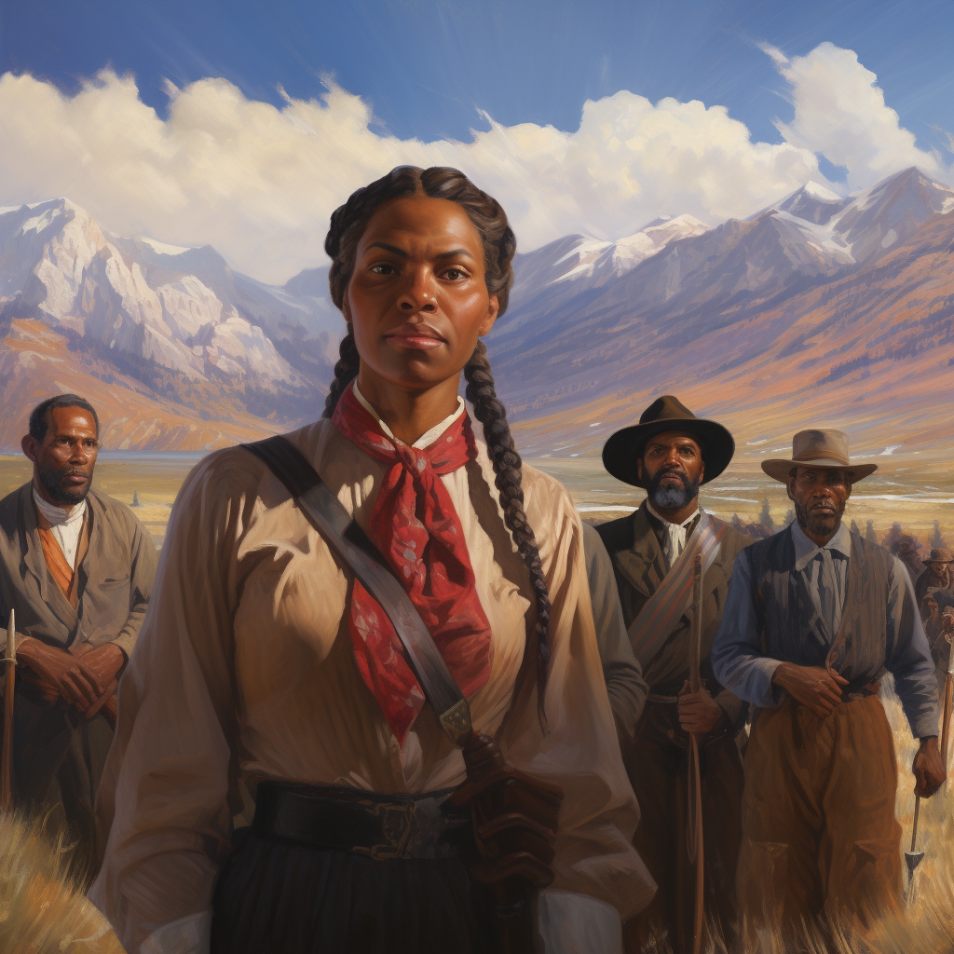-
•
•
2 responses
At my old blog haunt, I used to post notices of interesting places Latter-day Saints (aka “Mormons”) show up. Here’s an interesting one (even if the LDS content is minimal one of the prosecutors was a practicing member): Read More
-
•
•
Jesus the Messiah was the son of a righteous and godly woman named Mary, through whom he had many ancestors discussed in the Hebrew Bible. Among those were several remarkable women. In a recent interview at the Latter-day Saint history blog, Camille Fronk Olson discussed some of the women in the genealogy of Jesus. What follows here is a co-post to the full interview. Read More
-
•
•
80 responses

Pearls Being Clutched I vaguely recall when I was younger learning about the special restrictions put in place in regards to Church membership for people from a polygamous background. I could think of a few narrow cases where I didn’t think the restrictions were necessary, but they would have been such a small portion of everything that goes on that I didn’t give it more than a passing thought. Fast forward to November 2015. The Church very explicitly connected the November Policy of Consistency to the long-standing policy regarding polygamous children. Again, I had had some reservations about the latter,… Read More
-
•
•
One response
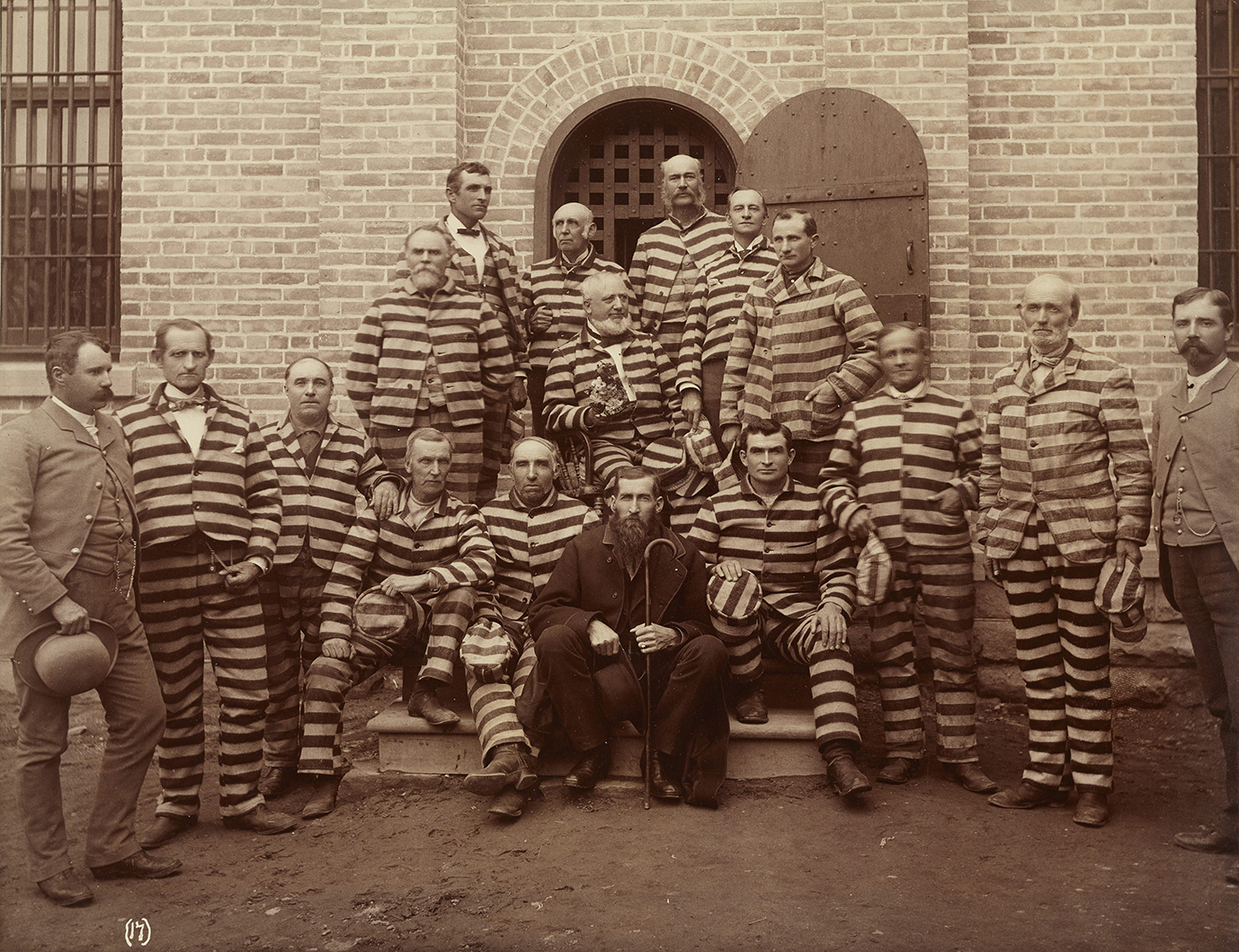
George Q. Cannon: Politician, Publisher, Apostle of Polygamy by Kenneth L. Cannon II is an entry in the Signature Books brief biographies series focused on one of the most influential and best-known Latter-day Saints in the 19th century. As a missionary, publisher, representative for Utah Territory to the United States Congress, businessman, apostle, and long-term First Presidency member, he accomplished a lot during his lifetime. The brief biographies are essentially a Latter-day Saint version of the Penguin Lives series that was published by the Penguin Random House and Viking Press–short, accessible biographies of notable individuals. At 250 pages (plus index… Read More
-
•
•
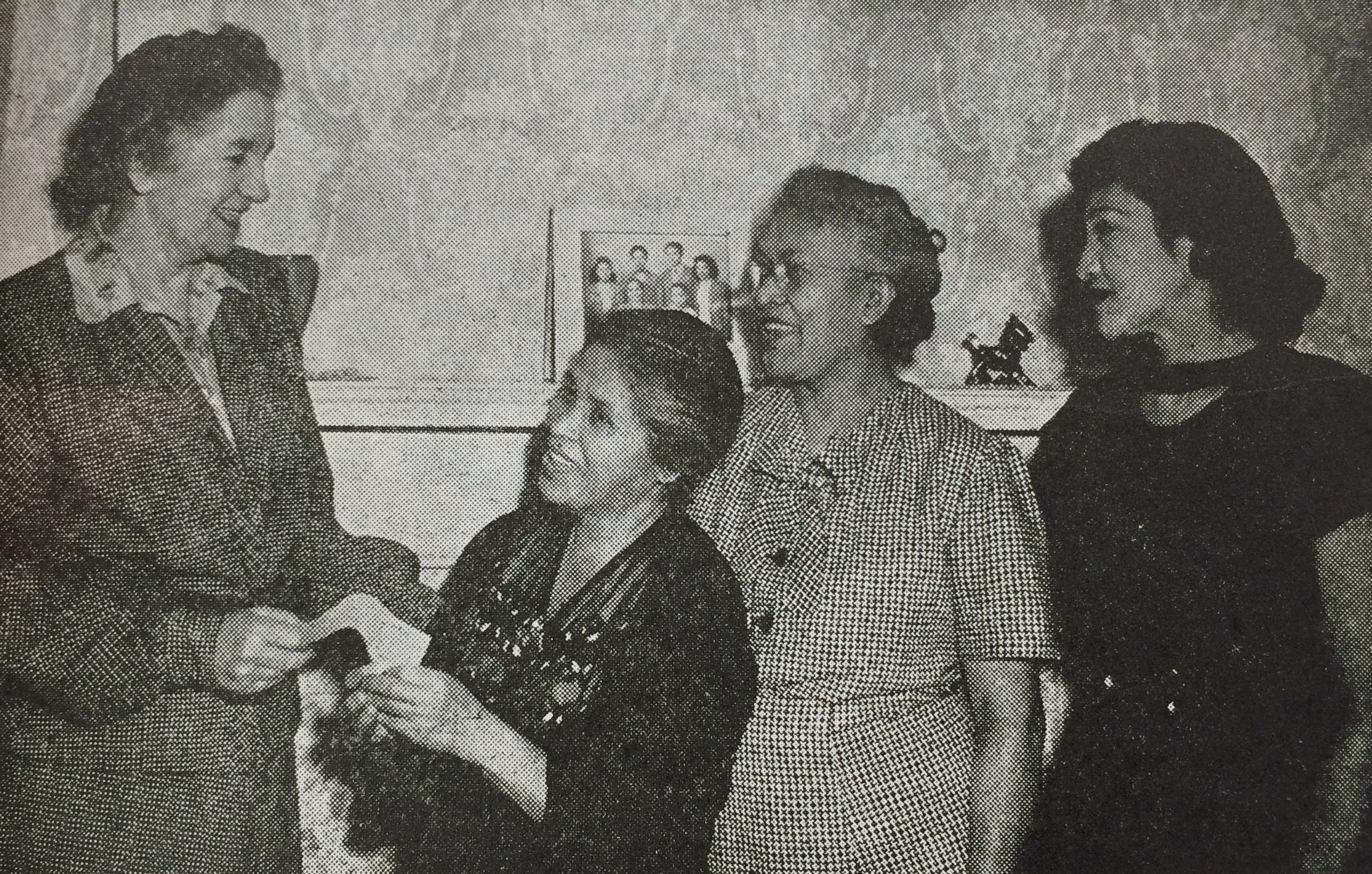
The closure of the mission in Mexico in 1889 led to an 12-year gap in the presence of missionaries and official church leadership in central Mexico. Ammon Tenney worked to restart the mission, connecting with the Latter-day Saints who were effectively abandoned and beginning new efforts at proselytizing. Read More
-
•
•
8 responses
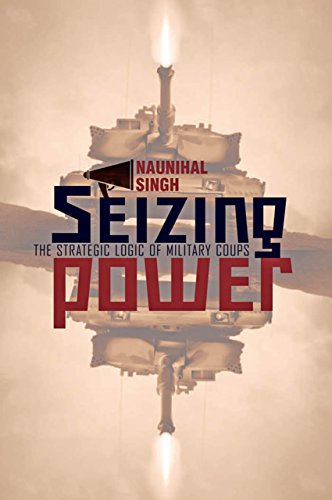
Seizing Power by political scientist Naunihal Singh is the preeminent scholarly work on coups d’etat. In it, Singh pairs in-depth investigations of coup attempts in Africa and Russia with a quantitative analysis of correlates of successful coups worldwide. He finds that coups can largely be characterized as coordination games, where military commanders often join the side that they think will win. If they choose correctly their power increases, if they choose wrongly they will probably be executed or imprisoned, so perception becomes everything and both sides of a coup have an incentive to exaggerate their level of support within… Read More
-
•
•
4 responses
I know I’ve talked a bit about Joseph F. Smith (JFS) lately, but the Latter-day Saint history blog From the Desk recently shared another interview about him. This time around, Dennis Horne spoke about Joseph F. Smith’s succession to the presidency of the Church, but it also covers other info about this pivotal president of the Church. What follows here is a co-post to the full interview (a shorter post with quotes and some commentary by myself). Read More
-
•
•
19 responses
The following is a guest post by Randall Davis. Amidst the tapestry of human experience, religious freedom–the right to worship in accordance with one’s own conscience–is a deeply-valued principle that forms the bedrock of much goodness in our world today. Having associated with people of various faith traditions over the years, I have seen the enriching influence of religion in their lives, and from our discussions, they recognize that religious freedom carries both duties and responsibilities that honor the sanctity of other beliefs. Read More
-
•
•
2 responses

Regrets of the Dying The Top Five Regrets of the Dying was a bestselling book by a palliative care nurse who spent a lot of time with patients as they were passing away. I’m not going to recommend it as a book; the writing isn’t the best and it gets kind of repetitious, but the idea sparked an interest in me on taking an end-of-life perspective, which seems like one of the more accurate lenses through which to view things big picture. Here I’ll go through each regret with commentary on how it interrelates with the gospel and gospel living. I… Read More
-
•
•
5 responses
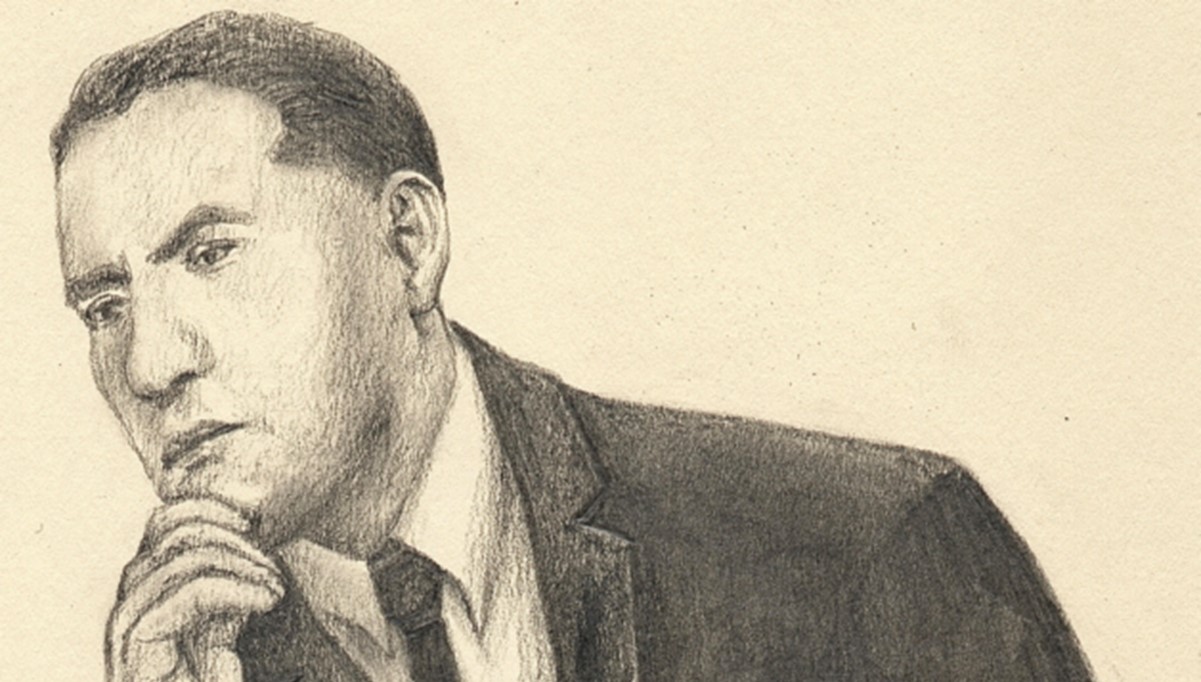
While efforts to gather converts from central Mexico failed and the mission in central Mexico closed, there would still be future successes. Among the earliest converts in the 20th century in Mexico, the Bautista family would go on to have an impact on the Church for years to come, including the development of an indigenous-affirming perspective on Lamanite identity. Read More
-
•
•
One response
The Joseph Smith Papers recently released a final podcast series, the Road to Carthage podcast, focusing on the final days and immediate aftermath of Joseph Smith’s life. It was an explosive time, filled with tension both within and outside of the Church of Jesus Christ of Latter Day Saints. In a recent interview at the Latter-day Saint history blog From the Desk, podcast host Spencer W. McBride talked about the events that led to Joseph Smith’s death in 1844. What follows here is a co-post to the full interview (a shorter post with excerpts and some discussion). An important piece… Read More
-
•
•
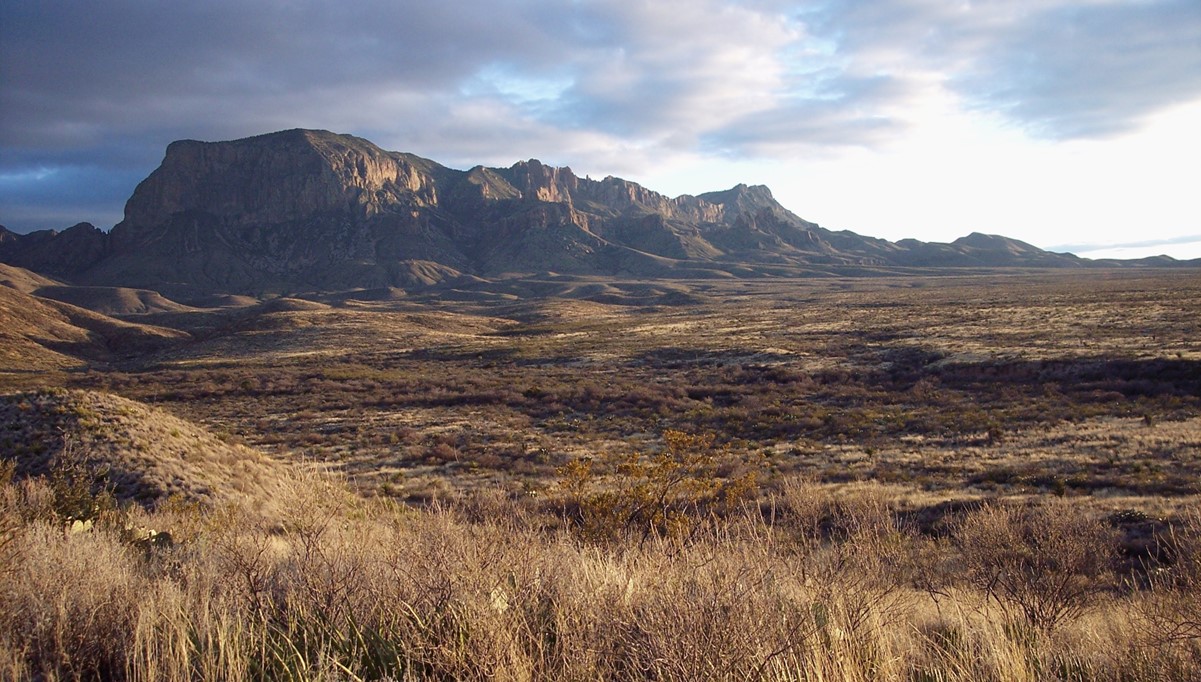
An attempt to found a colony of Mexican converts in the north didn’t end up going as well as anyone had hoped, to disastrous results. Read More
-
Church History, General Doctrine, Latter-day Saint Publications, Latter-day Saint Thought, Mormon Studies, Race and the Priesthood, Scriptures
•
•
16 responses
This is, I think, the best thing to come out of Deseret Book in a long while. I somewhat wish these books had existed when I was much, much younger, but the expertise (and, frankly, spiritual maturity of many members) likely didn’t really exist in the right forms until recently. What follows is my totally idiosyncratic, personal ranking of the series. Every book is excellent (how often can you say that about a book series like this?), so this is not “best to worst” but more “what Ivan enjoyed or found most useful” This may or may not help you.… Read More
-
•
•
3 responses
The Gesta Romanorum, a medieval collection of moralizing stories, includes the tale of a hermit who despaired at the world’s injustice and resolved to abandon his calling. Read More
-
•
•
19 responses

Vietnamese depiction of the Pure Land, the Mahayana Buddhist paradisiacal afterlife Egyptian depiction of the Field of Reeds, the ancient Egyptian paradisiacal afterlife While I’m open to the idea of “sacred envy,” where we see things in other faith traditions and communities that we wish we had, that shouldn’t prevent us from recognizing places where we feel our own faith gets it right where most don’t; it is the faith we have chosen after all. Some of the big ones here for me are: Heavenly Mother, collapsing the ontological distance between divinity and humanity, and an active afterlife. I have… Read More
-
•
•
One response
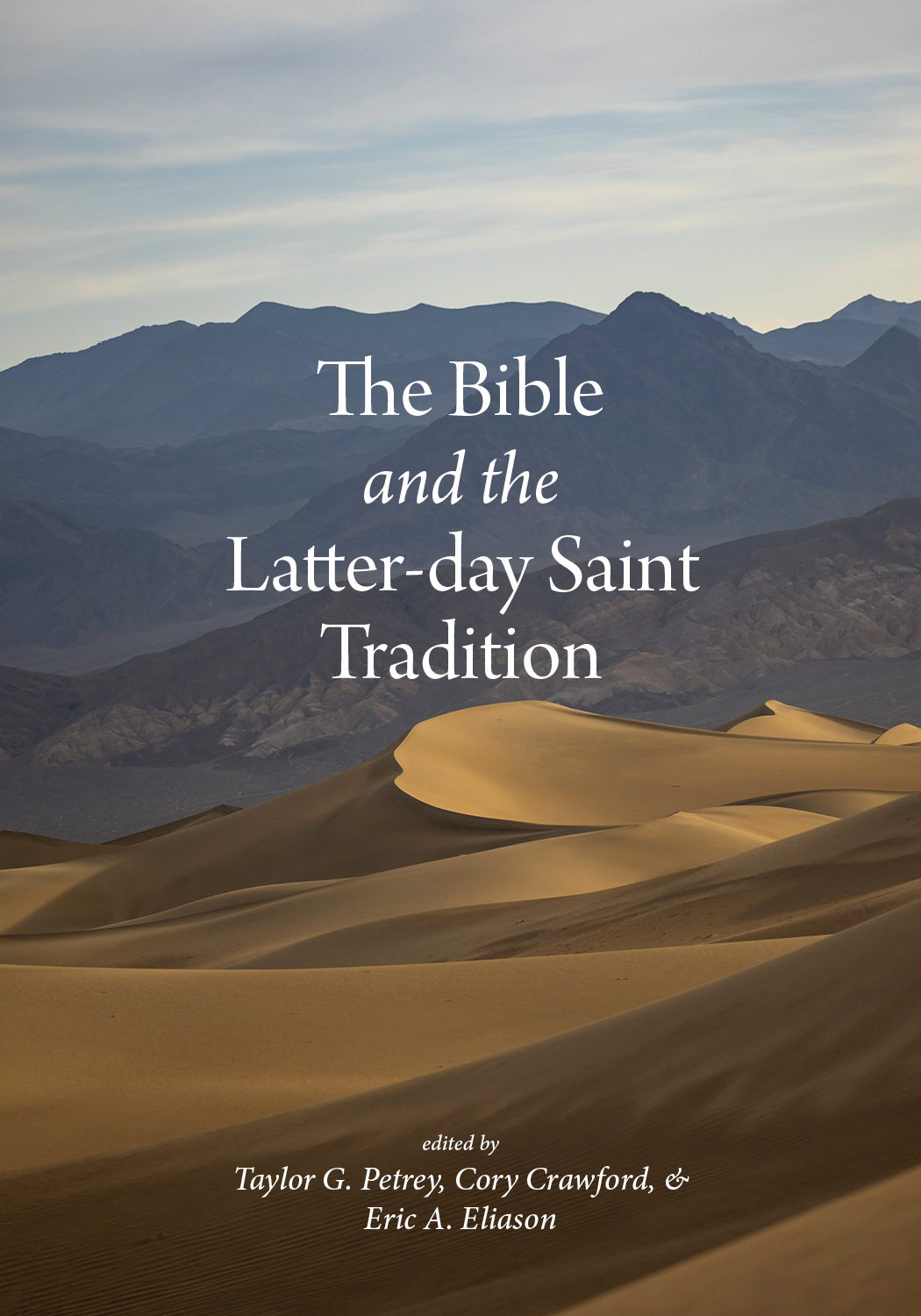
The Bible and the Latter-day Saint Tradition, published by University of Utah Press, is an impressive collection of information about Bible studies and how Latter-day Saints interact with the Bible. Read More
-
•
•
2 responses
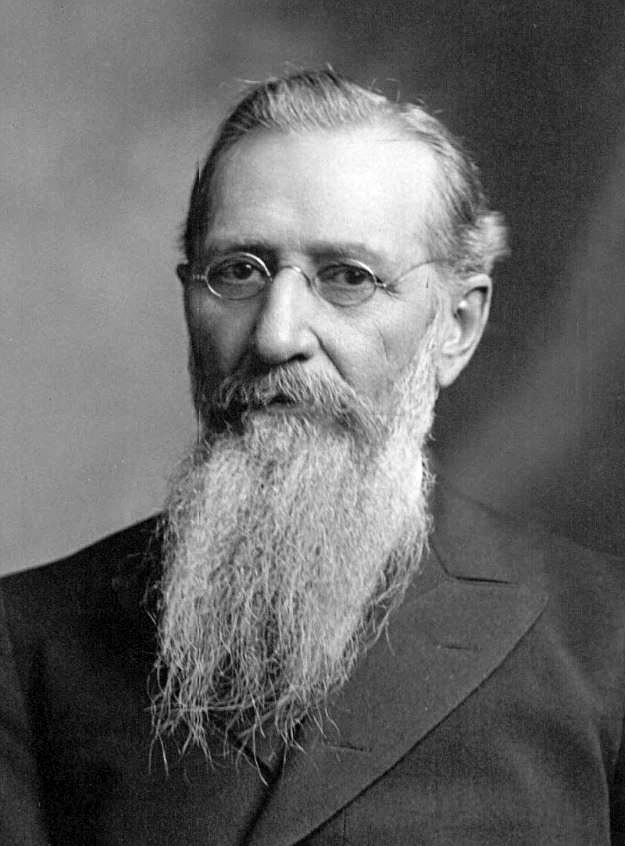
Joseph F. Smith “(remember the F)” is one of the most important and influential presidents of The Church of Jesus Christ of Latter-day Saints, even though he isn’t frequently discussed in church settings. It was during his administration that the Church really started to take on its current form – rejection of polygamy, modern monetary auditing systems, the first attempts at correlation, temples outside of the United States, our understanding of priesthood as an entity unto itself, the vision that is now D&C section 138 was received, and the purchasing and development of historical sites all were developments overseen by… Read More
-
•
•
3 responses

A sacrament meeting talk given 23 July 2023 At the conclusion of the Sermon on the Mount, St. Matthew recorded that the Lord, Jesus Christ stated: “Not everyone who says to me, ‘Lord, Lord,’ will enter the kingdom of heaven, but only the one who does the will of my Father in heaven. On that day many will say to me, ‘Lord, Lord, did we not prophesy in your name, and cast out demons in your name, and do many mighty works in your name?’ Then I will declare to them, ‘I never knew you; go away from me, you… Read More
-
•
•
26 responses
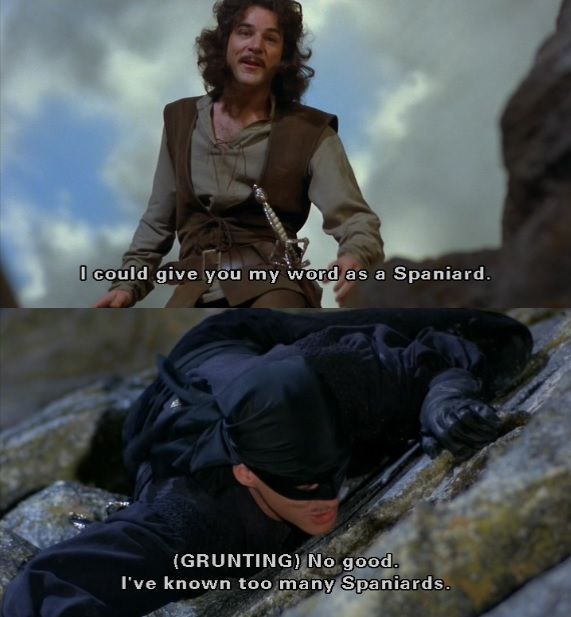
Recently I’ve done a series of posts explicitly identifying different rhetorical strategies used in social media spaces around Church topics (One on apologizing for others, and one on disingenuously citing prophets and invoking one’s church heritage). I didn’t mean for it to be an ongoing series, but I’ve just been noticing these more and more, so if you’ll indulge me for two more (for now)… First, On social media spaces it has been common for people (often outwardly very Mormon-y) to communicate commonsensical truisms as if they are somehow deep or controversial as opposed to just reminding us of the… Read More
-
Book of Mormon, Joseph Smith, Language and Literature, Pearl of Great Price, Philosophy and Theology
•
•
12 responses
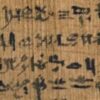
One of the recurring irritations of reading apologetic, polemic, or scholarly work in Mormon Studies addressing Joseph Smith’s translations of ancient scripture is that the authors nearly always ignore the perspective of practicing translators and the field of translation studies, instead basing their analyses in simple notions of linguistic equivalence that may still prevail in graduate language exams, but that the field of translation studies abandoned as unworkable several decades ago. Read More
-
•
•
2 responses
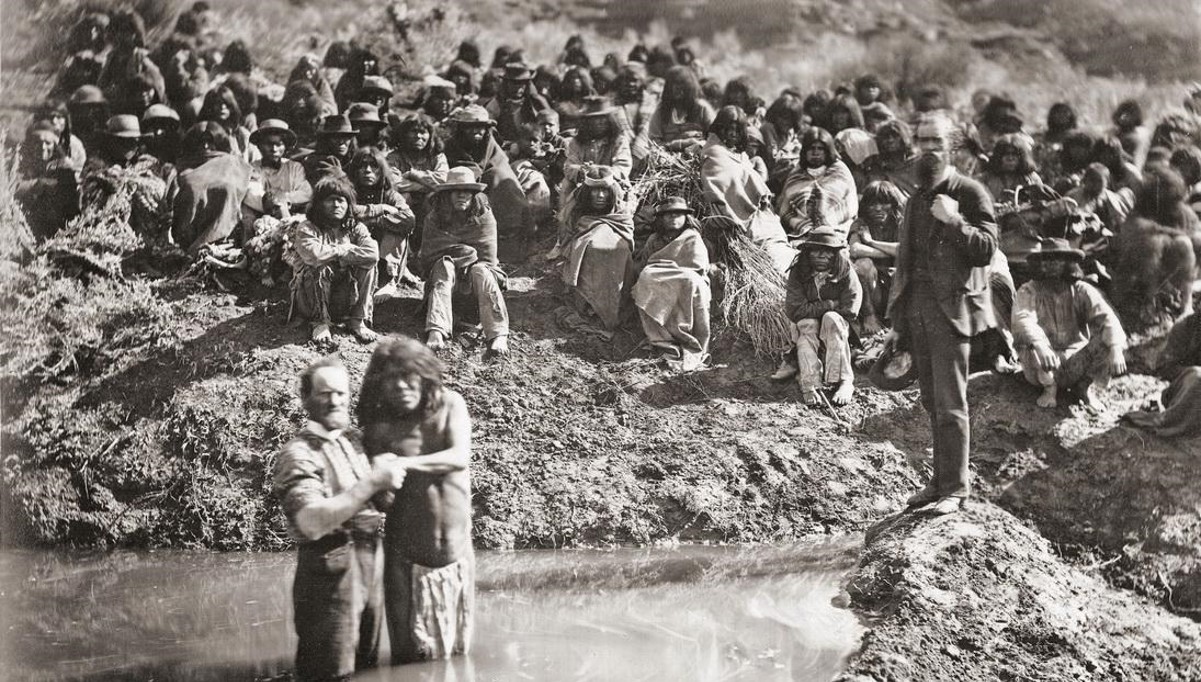
A lot of early missionary work in Mexico was driven by an understanding that the missionaries were preaching to Lamanites. But being considered a Lamanite can be both a blessing and a curse. Read More
-
•
•
7 responses

The Responsible Woman, by James C. Christensen I’m on the record as being very pro-big families. As we become more and more of a minority you have to be clever about how to pull it off logistically since society is increasingly built around the 1.6 kid family. Given Latter-day Saints’ (albeit increasingly fading) penchant for large families I thought it was appropriate to post the little hacks and tricks we’ve come up with on the way for others. Anything we haven’t thought of is welcome in the comments. Keep all clothes in the same area by the laundry room. This one… Read More
-
•
•
8 responses
A central question about the Book of Mormon that has been asked over and over again is whether it is an ancient document or a modern one. Despite being asked and answered by so many people, that question is still being argued and fought over and probably will be indefinitely. But what other questions are being asked about the Book of Mormon? In a recent interview at the Latter-day Saint blog From the Desk, Joe Spencer and Nick Frederick talked about some of those questions in a discussion about the field of Book of Mormon studies. What follows here is… Read More
-
•
•
3 responses
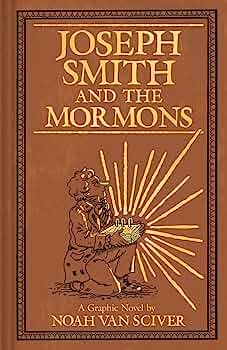
Joseph Smith and the Mormons, by Noah Van Sciver, is a fantastic addition to Mormon literature. And while not written as devotional literature, this graphic novelization of Joseph Smith’s life is very well-researched and makes a lot of effort to portray things in a fair and open manner. And the book itself is beautiful in its presentation. Read More
-
•
•
15 responses
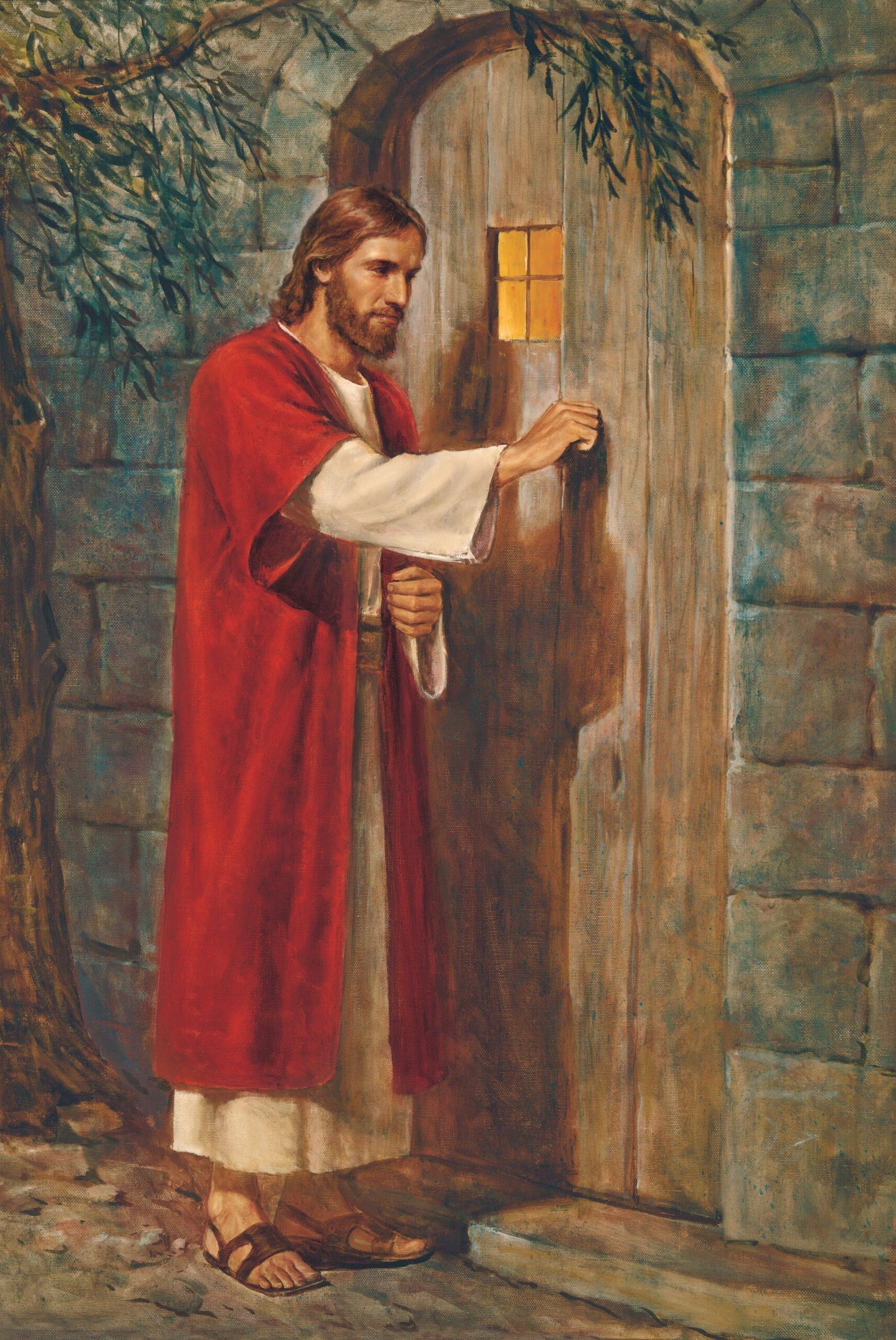
Missionary methodology is one of those things in the Church that people have strangely strong opinions on. For my part, on a meta-level I recognize that Context matters What works in one location (and time) might not work in another. Missionary strategy is complex Because of #1, figuring out optimal missionary strategy is hard, and I have no desire to expend mental energy trying to figure it out now that I’m a civilian. If there was some blatant error in how it was being done I’d have no compunction saying something, but as far as I can tell the people… Read More
-
•
•
One response
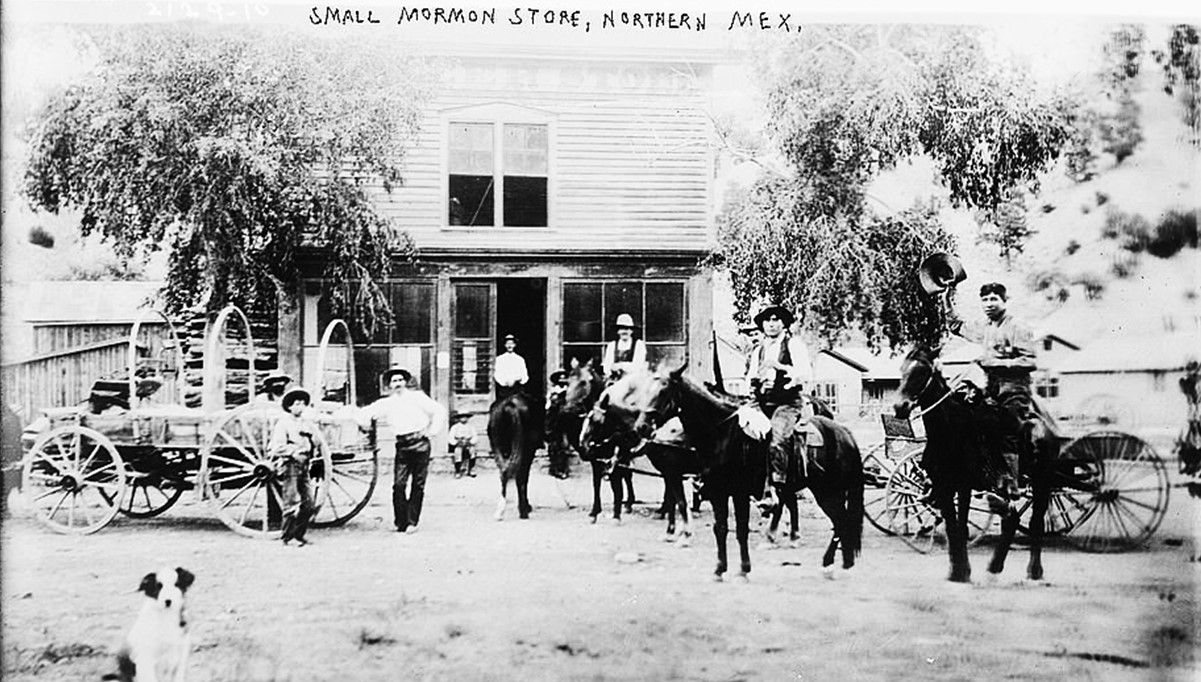
As a haven established to practice polygamy, the colonies in northern Mexico played a role in plural marriage persisting in the Church into the 20th century. Read More
-
•
•
3 responses
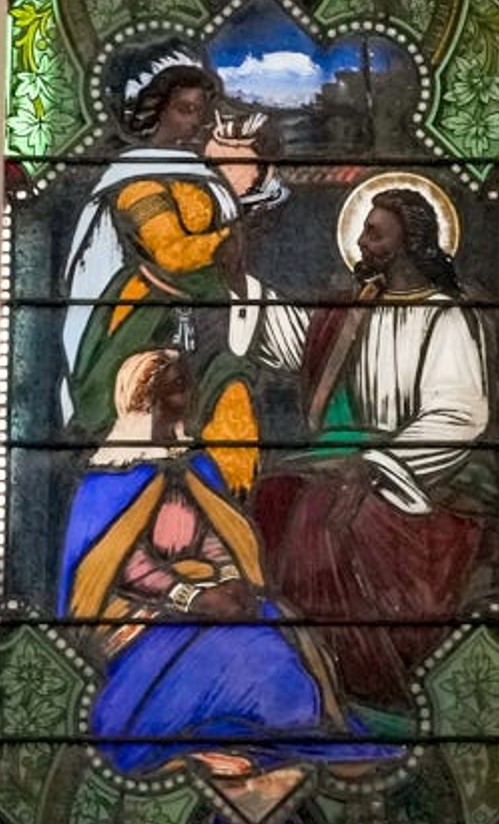
There is an apocryphal story about John Taylor that was shared by Leonard Arrington: Shortly after the death of the Prophet Joseph Smith in June 1844, a prominent eastern visitor to Nauvoo[, Illinois] was being ‘shown around’ by Apostle Taylor. He remarked to Brother Taylor that he sincerely regretted the murder of the head of the Mormon Church. Brother Taylor got a twinkle in his eye at this reference to the ‘head of the Church’ and replied, ‘Yes, and isn’t it wonderful that on the on the third day he arose from the tomb and came back to administer to… Read More


